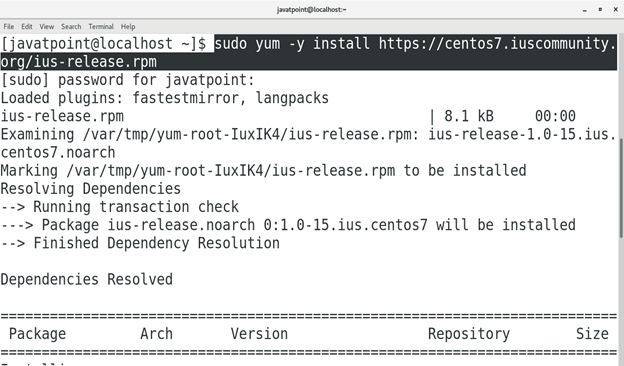
Prior to installing Python in RHEL-based distributions such as CentOS Stream Fedora, Rocky, and AlmaLinux, let’s make sure our system has all the necessary development dependencies: # yum -y groupinstall development Why? The reason is simple: this allows us to have the latest stable release of the language ( 3.11) and to provide a distribution-agnostic installation method. Install Python on Linux from SourceĪt the time of this writing (November 2022), the latest version is Python 3.11, and we are going to perform the installation from the source.Īlthough we can install the core packages and their dependencies using yum and aptitude (or apt-get) or apt.

However, we will also explain how to install Python IDLE – a GUI-based tool that allows us to run Python code and create standalone functions. Our focus will be installing the core language tools that can be used in the command line. In this article, we will show how to install and use the latest Python version in RHEL-based distributions and Debian and its derivatives such as Ubuntu (the latest LTS version already has the latest Python installed) or Linux Mint.


 0 kommentar(er)
0 kommentar(er)
